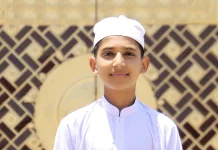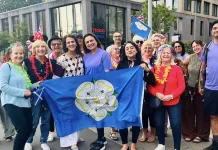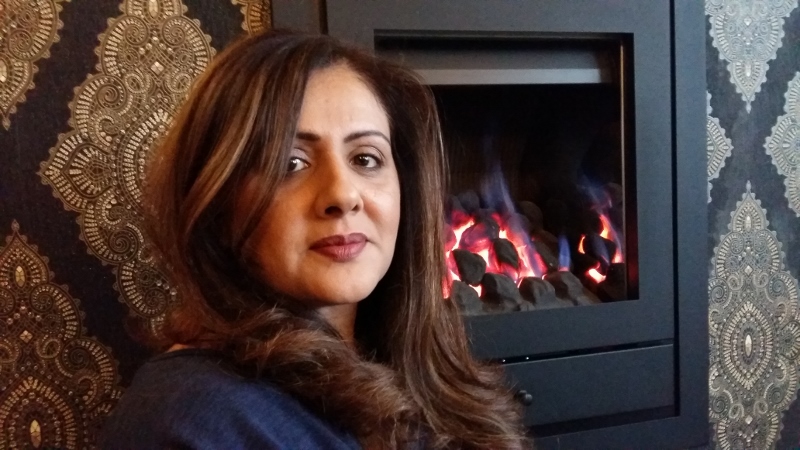
Leeds General Infirmary has witnessed some amazing events in recent weeks, from the saving of the Children’s Heart Surgery Unit to staging the UK’s first double hand transplant.
Amongst the headlines, what people may not have ‘heard’ about is the groundbreaking work being carried out in the hospital’s specialist ear department.
For the past seven years, Consultant Ear Nose and Throat (ENT) surgeon, Dr Sanjay Verma, has been heading the team.
Birmingham born to a ‘family with a surgical bent’, Dr Verma has ‘always been interested in the human body and fixing things’.
The 43-year-old – who now resides in Roundhay – said: “My grandfather was a surgeon in the army and he was certainly very inspirational.
“I nurtured my interest for medicine in school, which led me to St John’s College at Cambridge University. I then went to Toronto to do a fellowship in ear and skull-based surgery.”
Dr Verma has lately performed cutting edge surgery to help a six-year-old girl from Otley enjoy the benefits of hearing again, after being fitted with bilateral bone anchored hearing aids (BAHA).
He explained: “Annie Chambers had a condition called glue ear. It was particularly difficult with her because she kept getting recurrent infections when she tried grommets or hearing aids.
“Annie didn’t have any option to improve her hearing and her parents told me that she found it hard getting involved with school life.”
Dr Verma successfully implanted each of her BAHA aids in two half-hour operations, allowing Annie to go home on the same day.
He said: “The implants gave Annie an excellent level of hearing and positively impacted on her social and educational development.”
Annie had the implants fitted on both sides, which is a big advantage over having just the one implant, as our brains need to hear with two ears to try to work out the time difference between the sounds.
“The implants allowed Annie to localise sound and participate in activities like riding her bicycle. Her parents said she has become more out-going and more involved in school since having them,” Dr Verma added.

Dr Verma was attracted to ENT because of the ‘diverse range of surgeries’ he could perform.
He explained: “It’s always said that ear surgeons are a little bit obsessive compulsive and meticulous. I love the intricacies of the surgery and working down a microscope.
“Dealing with fractions of millimetres appealed to me and it suited my skill set. To have the ability to give someone their hearing back or improve their hearing feels incredible.
“There are certain situations where people have very poor hearing and you can do something to return that faculty back to them. To see the difference it makes to them is very gratifying.”
Mr Verma explained how the BAHA implant works by pulling out an anatomical model.
“The implant is screwed into the head in an operation where fine drills are used to place the fixture,” he said.
“Everything heals up around that. A subtle vibration transmits into the fixture which travels into the skull. It bypasses the ear canal, taking the vibration into the inner ear and the cochlea.”
He continued: “This can be used in all sorts of settings. Some patients are born without ear canals and this device allows them to hear.
“Also, if the patient has reversible hearing loss, then the implant can be taken out and the skin will heal over as normal.”
The devices can be costly but Dr Verma added that there has been a national commissioning document which has been put through by the government, to work out the criteria for commissioners to fund it.
Those who qualify would not have to pay.
“The future may be the fully implantable hearing aid but the problem is battery life and inventing the right technology that will take someone through 10 years of usage at least,” he said.
“A device has been created where a rechargeable battery is placed underneath the skin and essentially the patient can place a charger adjacent to their head every night for 20 minutes and power is restored.”
After meeting Dr Verma – LGI’s ear pioneer – faith in human ingenuity, the power of science and the art of pure inventiveness have also been restored.















